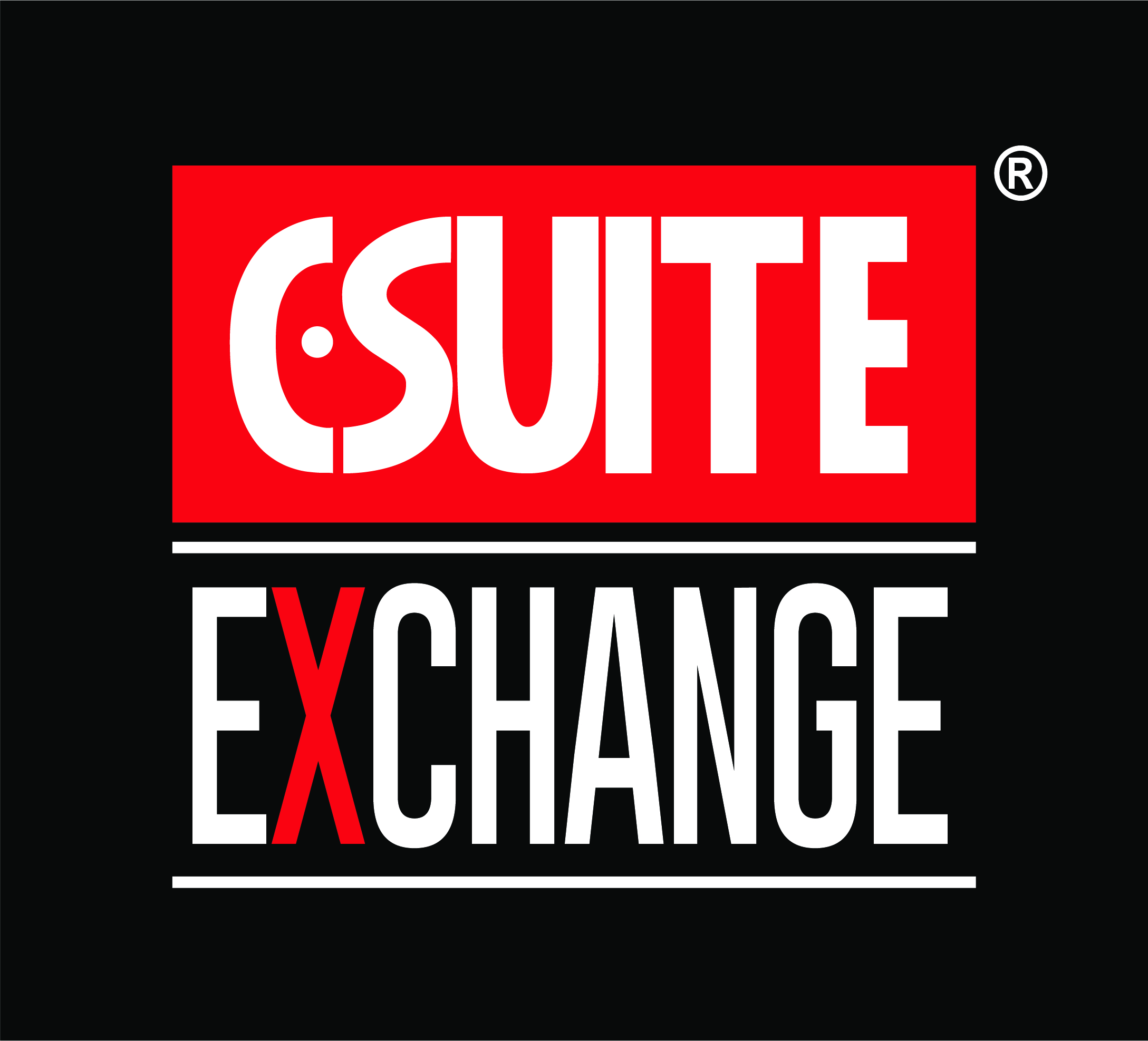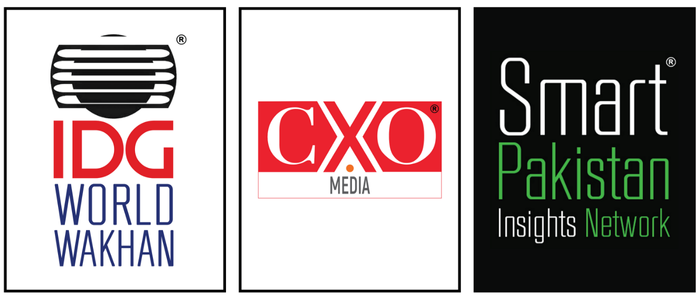In 2019, the United States Census Bureau projected that 554,202 persons in the US self-identified as Pakistani Americans, accounting for 0.169 percent of the population at the time. In the meantime, Statistics Canada estimates that 202,260 Canadians self-identify as Pakistani.
From motives for immigration to religion, language, food, and culture, these two groups have a lot in common. And, though they adjust to their new lifestyles, this immigrant group’s gastronomic preferences rarely change, which is where nostalgia comes in.
National Foods Limited (NFL) has been a mainstay in the households of Pakistanis and other subcontinent nationalities for over 50 years, with over 250 products in over ten different categories. The Pakistani-owned food products company created a direct-to-consumer (DTC) store to ensure contactless delivery to its North American customer base.
“Our primary problem came in the form of selecting the right population to target after determining the entire addressable audience size,” said Asad Abbas, a programmatic lead at BCP. “The display network platform we used failed to identify the expatriate population we wanted to attract based on its targeting parameters.”
Because they possessed relevant audiences that the media agency wished to target, BCP’s programmatic team onboarded five local publishers to book their inventory through Google’s Display and Video 360 (DV 360).
“We established 2nd party data relationships with both publications because Hamariweb & Urdupoint draw a considerable amount of visitors from both the US and Canada,” said Izhar Khan, an account lead at BCP.
“The information was used to target relevant audiences in the United States and Canada, as well as to reach out to a broader audience. In Canada, we reached approximately 1.1 million people, and in the United States, we reached 1.05 million people.”
The data collected by Hamariweb and Urdupoint was supplied into the Oracle BlueKai data management platform (DMP), which was then loaded into DV 360.
“The four major forces making it difficult for advertisers to collect and activate consumer data at scale are privacy laws, OS restrictions, privacy-protecting behaviours, and ubiquitous walled gardens,” said Abrar Ahmed, CEO of Webiz Media (Pvt) Ltd, which operates Hamariweb.com as the market leader in publishing.
“This is why Webiz Media is working with Brainchild on a second-party data marketplace to help advertisers identify high-value customers in a more efficient, controlled, and transparent way.”
After months of testing a data-backed targeting methodology, Brainchild introduced a 2nd party data hub through premium publisher agreements in May.
“Data depreciation resets the digital media buying ecosystem by threatening most forms of online behavioural advertising, and it limits most forms of digital and mobile measurement,” said Zaki Baig, Head of Business at UrduPoint.com, according to Alexa data, Pakistan’s second-largest independent publisher.o continue with online behavioral advertising, advertisers and agencies must rely on their own first-party cookies and publisher data contracted through second-party marketplaces. This approach has ushered in a new wave of segment-level targeting and contextual advertising.”
DV 360 contributed data into the open exchange based on affinities, intent, and themes of interest. This is also where DTC data on bottom-funnel actions like conversions, sales, checkouts, and ‘add to cart’ decisions is transmitted back to the open exchange via a Google-generated code known as floodlight tag.
“The data was fed into advertising technology partners such as AppNexus, PubMatic, OpenX, and InMobi using a variety of programmatic arrangements with Pakistani publications with audiences from the US and Canada,” said Urooj Hussain, portfolio director at BCP.“With data collected on the NFL site being exported back to the Oracle BlueKai DMP for further analysis and refinement, we saw the click-through rate spike between 4% and 18% after the second party data was introduced.”
The team at BCP was able to reach 50% of the entire target population utilising this technique, with a male to female split of 68 percent and 32 percent, respectively, taking into account equal responsibilities in grocery shopping and family decision-making.
“We are quite pleased with the results from this campaign, where the CTR rose to as high as 18 percent, which is a remarkable performance given that double digits for a pilot attempt using second-party data are rarely seen,” said Rizwan Ali, NFL’s head of digital and media.“We found that the Brainchild data hub has proven scalability, privacy compliance, and has Every test & learn campaign we participate in improves our targeting.”
NFL intends to be a top-of-mind preference for all North Americans having origins in the subcontinent as part of its eCommerce product roadmap. NFL’s range of recipe mixes, pickles, sauces, pastes, spices, salts, and spreads strives to gratify expats with items rooted in their homeland with just one click, bringing them one step closer to feeling at home in recreating timeless dishes and desserts.
“The Brainchild team’s best practises ensured that by scaling targeting campaigns with inventory from branded data sources, they were able to develop a unique group of in-market, highly brand-related consumers,” said Rizwan Ali, NFL’s head of digital and media.
“Advertisers can use this strategy to develop optimised brand messages based on insights and analyses gathered from audiences created through second-party data.”
Source: propakistani





